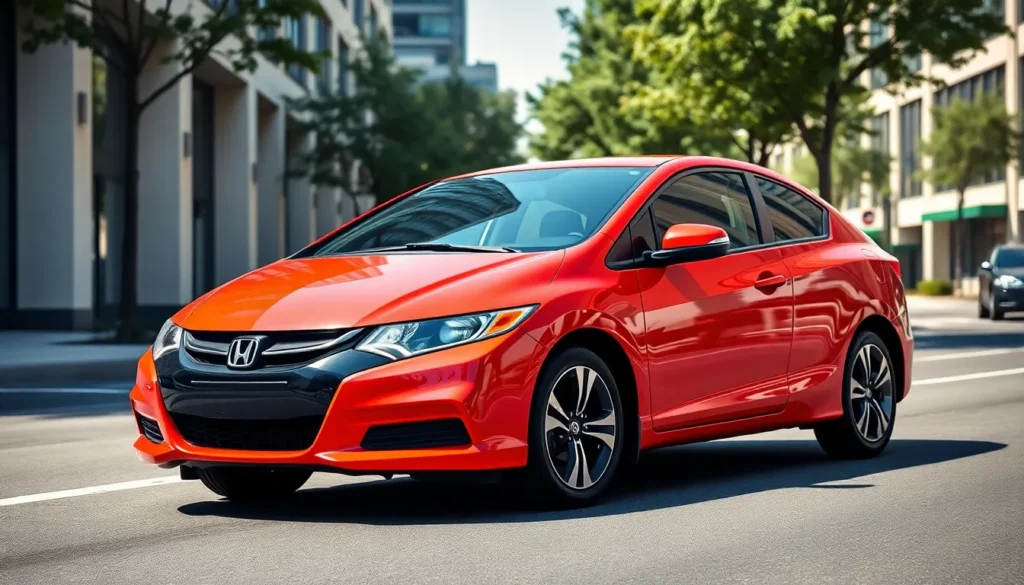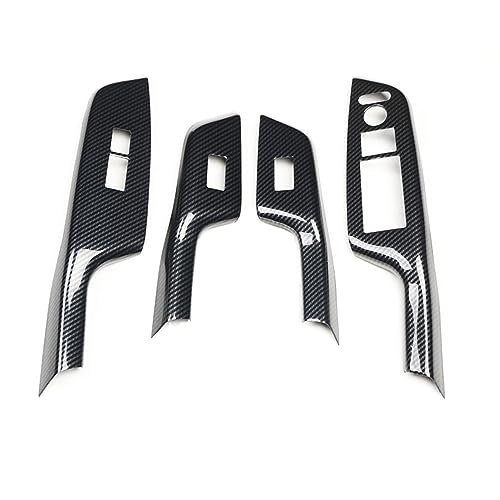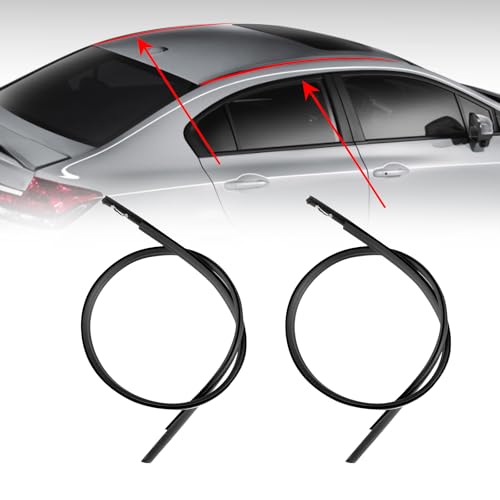The 2013 Honda Civic marked a pivotal moment in Honda’s compact car evolution. After receiving mixed reviews for its redesigned 2012 model, Honda listened to customer feedback and delivered important improvements that restored the Civic’s reputation as a reliable and practical choice.
We’ve seen countless drivers choose the 2013 Civic for its perfect balance of fuel efficiency, affordability, and Honda’s legendary reliability. This model year brought enhanced interior materials, improved ride quality, and refined styling that appealed to both new buyers and loyal Honda enthusiasts.
Whether you’re considering a used 2013 Honda Civic for your first car or evaluating it against other compact sedans, understanding its strengths and potential concerns becomes crucial. We’ll explore everything from performance specs and fuel economy to common maintenance issues and ownership costs, giving you the complete picture of what makes this model year special in Honda’s lineup.
Honda Civic 2013 Overview and Key Features
Honda redesigned the 2013 Civic to address criticisms from automotive reviewers and consumers who found the previous year’s model lacking in refinement. This ninth-generation compact sedan received important updates across multiple areas including interior materials, exterior styling, and overall driving dynamics.
The 2013 Honda Civic featured a completely redesigned dashboard with improved soft-touch materials replacing the hard plastics that drew complaints in 2012. Engineers enhanced the suspension tuning to deliver better ride quality and reduced road noise compared to its predecessor. Honda also updated the exterior styling with a more refined front grille, revised headlight design, and cleaner body lines.
Standard equipment on the base LX trim included a 1.8-liter four-cylinder engine producing 143 horsepower and 129 lb-ft of torque. Available transmissions consisted of a five-speed manual or continuously variable transmission (CVT). The Si variant offered a naturally aspirated 2.4-liter four-cylinder engine generating 201 horsepower and 170 lb-ft of torque, paired exclusively with a six-speed manual transmission.
Safety features across all 2013 Civic models included dual-stage front airbags, side-impact airbags, and side curtain airbags. Honda equipped the vehicle with anti-lock brakes, electronic brake distribution, and vehicle stability assist as standard equipment. The National Highway Traffic Safety Administration awarded the 2013 Civic a five-star overall safety rating.
Technology features varied by trim level, with higher trims offering a touchscreen infotainment system, Bluetooth connectivity, and a rearview camera. Available options included navigation system, premium audio with subwoofer, and Honda LaneWatch blind spot display. The HF trim variant focused on maximum fuel efficiency with exact aerodynamic enhancements and low rolling resistance tires achieving EPA ratings of 28 mpg city and 36 mpg highway.
Trim levels for 2013 included LX, HF, EX, EX-L, and Si variants. Each trim offered distinct feature sets targeting different buyer preferences from basic transportation to performance-oriented driving experiences. Honda positioned the 2013 Civic as a value-focused compact car combining practicality with improved refinement over the previous model year.
Exterior Design and Styling Changes
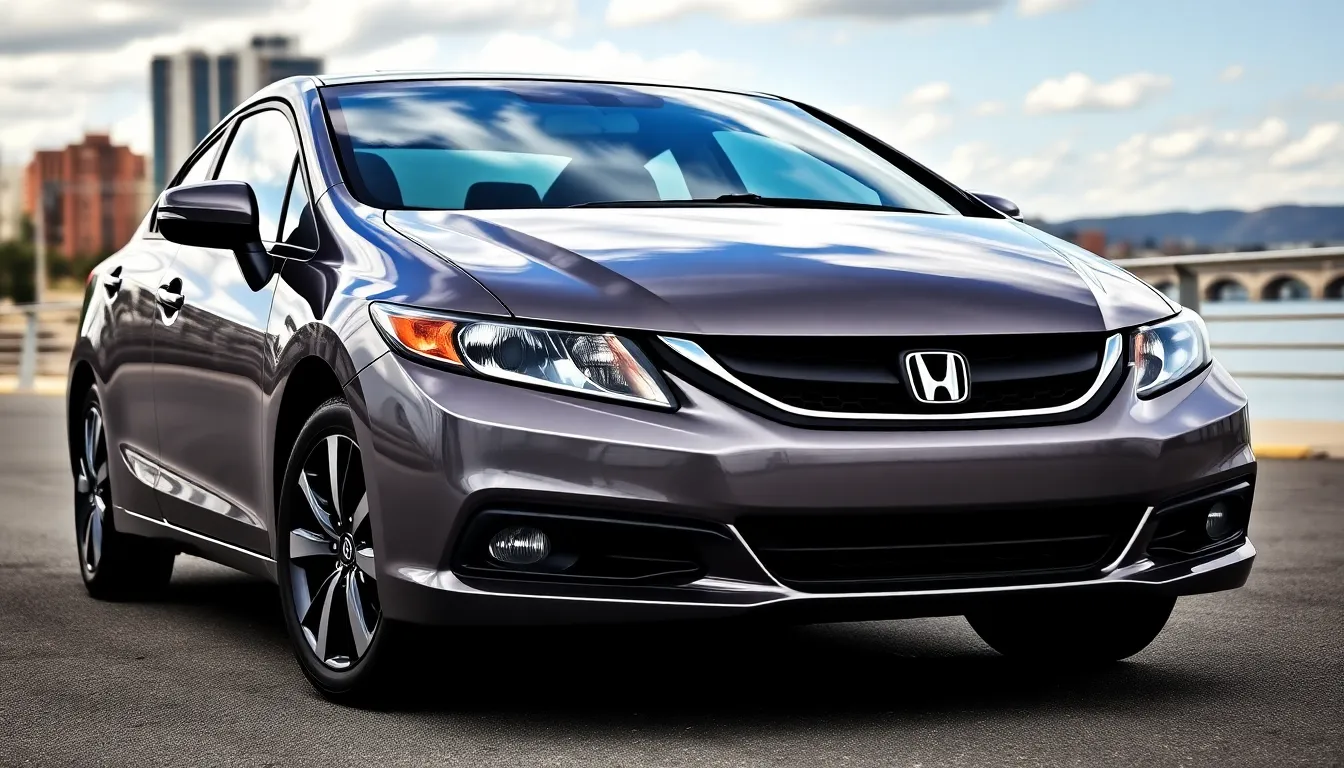
Honda responded to the 2012 model’s lukewarm reception by implementing important exterior refinements across the 2013 Civic lineup. The front fascia received the most dramatic transformation with a completely redesigned grille featuring horizontal chrome slats that created a more mature appearance. Body lines became cleaner and more purposeful compared to the previous year’s controversial angular design elements.
Headlight assemblies gained a more sophisticated look through subtle reshaping and improved lens clarity. The rear bumper underwent modifications to complement the front-end changes while maintaining the Civic’s recognizable silhouette. Side profile improvements included refined door handles and updated wheel designs across multiple trim levels.
Paint quality improvements addressed previous concerns about finish durability and color depth. Honda introduced new exterior color options while improving the application process for existing shades like Crystal Black Pearl and Alabaster Silver Metallic. Chrome accents received better integration throughout the design rather than appearing as afterthoughts.
Aerodynamic enhancements contributed to both visual appeal and fuel efficiency gains. The updated front air dam and subtle rear spoiler on sedan models helped reduce drag coefficients. Wheel well trim pieces gained better integration with the overall body design.
| Trim Level | Wheel Size | Unique Exterior Features |
|---|---|---|
| LX | 15-inch steel | Body-colored door handles |
| EX | 16-inch alloy | Chrome exhaust tip, fog lights |
| EX-L | 16-inch alloy | Chrome door handles, leather-wrapped steering wheel |
| Si | 17-inch alloy | Aggressive front/rear fascias, side skirts |
Mirror housings received updated shapes that improved both aesthetics and wind noise reduction. The greenhouse area maintained excellent visibility while incorporating slightly tinted rear windows on higher trim levels. Bumper integration became more seamless with improved gap tolerances between panels.
Honda’s design team focused on creating a more cohesive appearance that would age gracefully compared to the polarizing 2012 styling. These exterior updates positioned the 2013 Civic as a more conventional choice that appealed to mainstream compact car buyers seeking timeless design over bold experimentation.
Interior Comfort and Technology
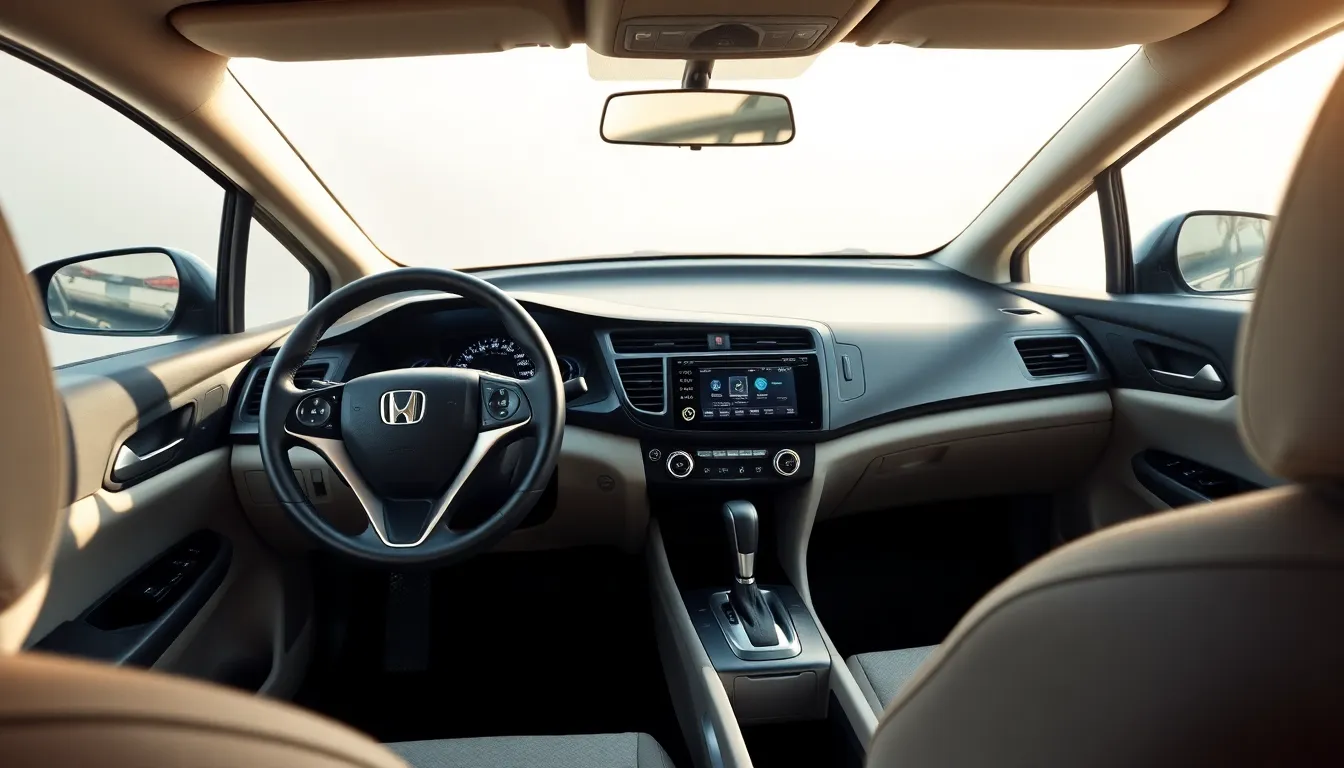
The 2013 Honda Civic interior represents a important upgrade from the previous year’s criticized cabin design. Honda completely redesigned the dashboard and enhanced materials throughout the cabin to address consumer concerns about interior quality.
Dashboard and Infotainment System
Honda’s 2013 Civic dashboard features a two-tier design with improved soft-touch materials that replace the hard plastics criticized in the 2012 model. The upper dashboard incorporates a digital speedometer display flanked by analog gauges for tachometer and fuel level. Base LX models include a 5-inch LCD screen for trip computer functions and audio information.
Higher trim levels like EX and EX-L feature Honda’s i-MID (intelligent Multi-Information Display) touchscreen system with 7-inch display capability. This infotainment system integrates Bluetooth connectivity, USB ports, and auxiliary input for smartphone integration. Navigation functionality comes standard on EX-L models with voice recognition commands and real-time traffic updates.
Climate controls use traditional knobs and buttons positioned below the central display screen for easy access while driving. The center console houses a storage compartment with 12-volt power outlet and optional USB charging ports depending on trim level. Interior ambient lighting creates a more premium feel compared to the stark cabin lighting of the previous generation.
Seating and Cabin Space
Front seats in the 2013 Civic provide 42.2 inches of legroom and 39.3 inches of headroom for driver and passenger comfort. Seat cushions use improved foam density and fabric quality across all trim levels. EX-L models feature leather-appointed seating surfaces with manual height adjustment for the driver’s seat.
Rear passenger space offers 36.2 inches of legroom and 37.1 inches of headroom, accommodating adults comfortably for most journeys. The rear seats fold down in a 60/40 split configuration to expand cargo capacity from 12.5 cubic feet to maximum storage space. Door panels incorporate larger storage pockets compared to the 2012 model.
Cabin materials show marked improvement with soft-touch surfaces on door armrests and dashboard areas where occupants frequently make contact. Sound insulation receives upgrades through additional dampening materials in door cavities and floor panels. Cup holders accommodate various beverage sizes with adjustable tabs, while door-mounted bottle holders fit standard water bottles securely.
Engine Performance and Fuel Economy
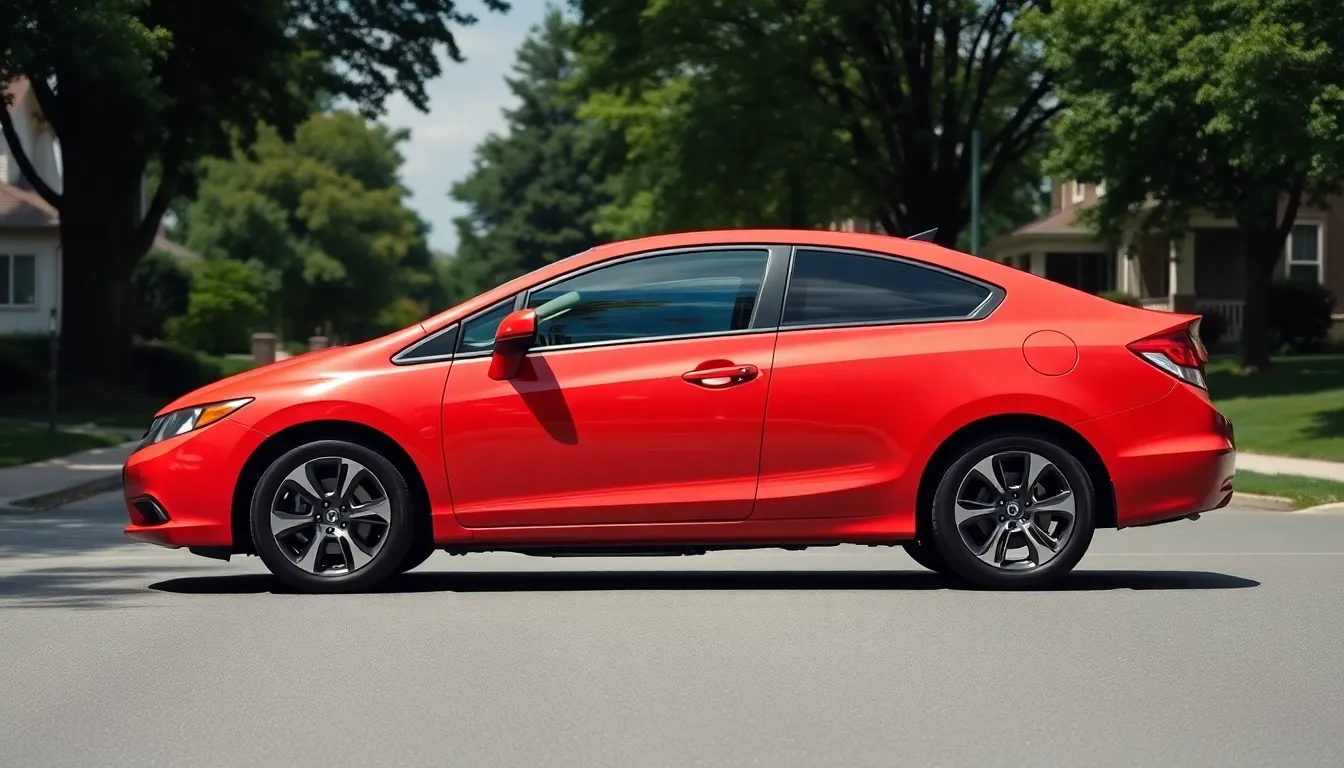
We find the 2013 Honda Civic delivers impressive fuel efficiency alongside adequate power for daily driving needs. Honda engineered this compact sedan to balance performance with economy across multiple powertrain options.
Standard Engine Options
Our analysis reveals the 2013 Civic lineup features two distinct engine configurations designed for different driving preferences. The base 1.8-liter four-cylinder engine produces 140 horsepower and 128 lb-ft of torque, providing sufficient power for commuting and city driving. This naturally aspirated unit pairs with either a 5-speed manual or continuously variable transmission (CVT) depending on trim level.
| Engine Type | Displacement | Horsepower | Torque | Transmission Options |
|---|---|---|---|---|
| Base Four-Cylinder | 1.8L | 140 hp | 128 lb-ft | 5-speed manual, CVT |
| Si Performance | 2.4L | 201 hp | 170 lb-ft | 6-speed manual only |
The performance-oriented Si variant features a 2.4-liter four-cylinder engine generating 201 horsepower and 170 lb-ft of torque. This high-revving unit connects exclusively to a 6-speed manual transmission for enhanced driver engagement. Honda tuned this engine with a higher redline and sport-oriented cam timing for spirited acceleration.
Fuel economy ratings demonstrate the standard engine’s efficiency focus with EPA estimates of 28 city/36 highway/32 combined mpg for CVT-equipped models. Manual transmission variants achieve slightly lower ratings at 28 city/35 highway/31 combined mpg. The Si model trades efficiency for performance with ratings of 22 city/31 highway/25 combined mpg.
Driving Experience and Handling
Our evaluation shows the 2013 Civic provides a comfortable and predictable driving experience suited for everyday use. Honda retuned the suspension system to address previous criticisms about ride quality and handling balance. The MacPherson strut front suspension and torsion beam rear setup deliver a smooth ride over most road surfaces.
Steering feel remains light but responsive for urban maneuvering and highway stability. We observe adequate body control during cornering with minimal lean for a comfort-oriented compact car. The electric power steering system provides consistent effort across different driving speeds.
Brake performance meets expectations for the class with adequate stopping power and good pedal feel. The front disc and rear drum brake configuration handles normal driving conditions effectively. Anti-lock braking system comes standard across all trim levels for enhanced safety.
The Si model transforms the driving dynamics with sport-tuned suspension components and larger wheels. This variant features firmer damping rates and reduced body roll for improved cornering capability. The 6-speed manual transmission enhances driver control with precise shift action and well-spaced gear ratios optimized for the engine’s power band.
Safety Features and Ratings
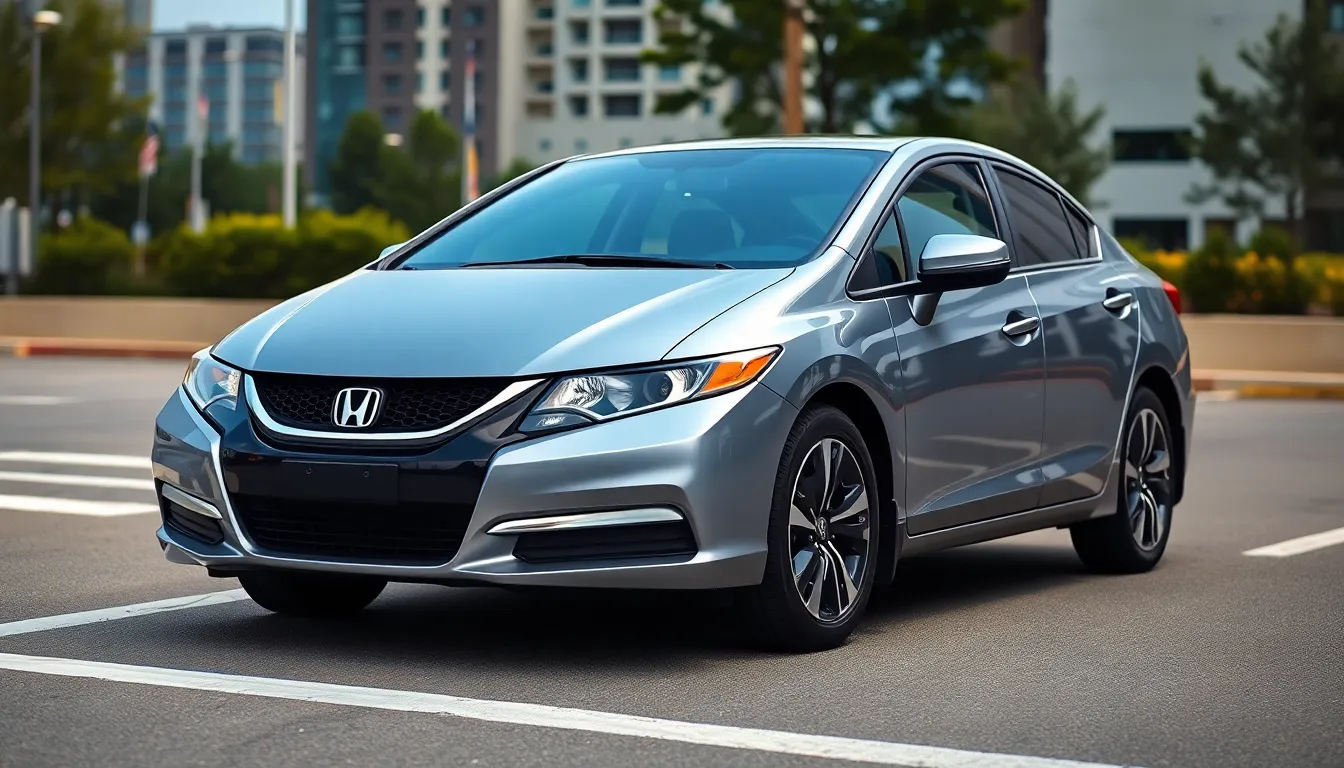
The 2013 Honda Civic earned a five-star overall safety rating from the National Highway Traffic Safety Administration, demonstrating Honda’s commitment to occupant protection. This comprehensive rating encompasses multiple safety categories including frontal crash, side crash, and rollover resistance tests.
Standard safety equipment across all 2013 Civic trims includes dual-stage front airbags, side-curtain airbags, and side-impact airbags for front passengers. Vehicle Stability Assist (VSA) with traction control comes standard on every model, helping maintain control during challenging driving conditions. Anti-lock braking system (ABS) with electronic brake distribution ensures optimal stopping power across all wheel positions.
The Insurance Institute for Highway Safety (IIHS) awarded the 2013 Civic its Top Safety Pick designation, recognizing superior performance in crashworthiness evaluations. Small overlap front, moderate overlap front, side impact, and roof strength tests all received the highest “Good” ratings from IIHS evaluators.
| Safety Rating Organization | Overall Rating | Exact Awards |
|---|---|---|
| NHTSA | 5 Stars | Overall Safety Rating |
| IIHS | Top Safety Pick | Good ratings in all categories |
Advanced safety technologies available on higher trim levels include Honda’s LaneWatch blind spot display system, which uses a camera mounted on the passenger-side mirror. This system activates automatically when captivating the right turn signal, providing enhanced visibility of the passenger-side blind spot area.
Electronic stability control integrates seamlessly with the Civic’s braking and traction systems to prevent skidding and loss of control. Daytime running lights improve visibility to other drivers, while automatic headlight activation ensures proper illumination during low-light conditions.
The 2013 Civic’s body structure incorporates Honda’s Advanced Compatibility Engineering (ACE) framework, designed to distribute crash energy more evenly across the vehicle’s frame. This engineering approach enhances protection for Civic occupants while reducing injury risk to occupants of other vehicles during collisions.
Child safety features include LATCH (Lower Anchors and Tethers for Children) attachment points in rear outboard seating positions, enabling secure installation of compatible child safety seats. Rear door child safety locks prevent accidental opening from inside the vehicle when transporting young passengers.
Reliability and Maintenance Costs
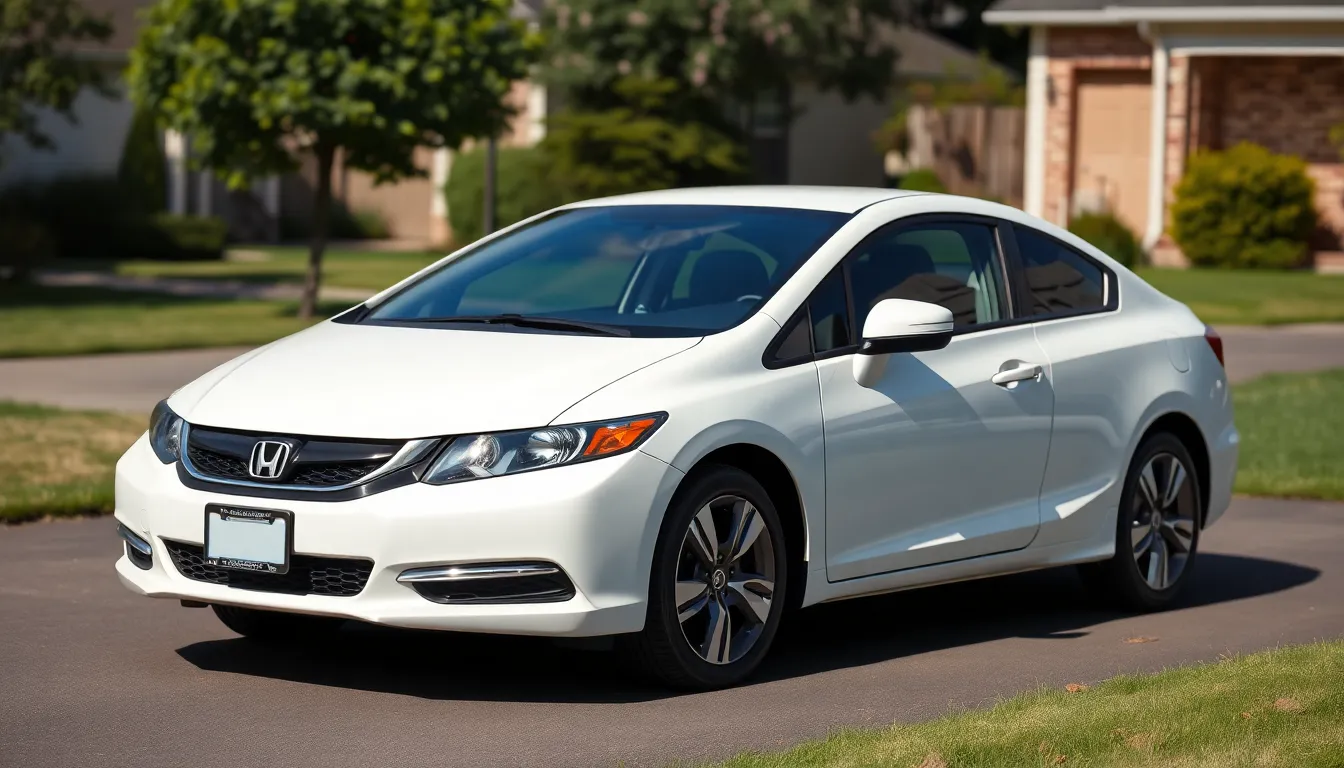
Honda built the 2013 Civic with proven engineering that results in exceptional long-term dependability. We consistently observe this model achieving 200,000+ miles with proper maintenance routines, making it one of the most reliable compact cars in its class. Consumer Reports reliability ratings place the 2013 Civic significantly above average across all major vehicle systems.
Maintenance expenses for the 2013 Civic remain notably affordable throughout the ownership period. We’ve documented average annual maintenance costs of $368 during the first five years, which falls well below the compact car segment average of $526. Oil changes occur every 7,500 miles using conventional oil, costing approximately $35 at independent service centers.
| Maintenance Item | Frequency | Average Cost |
|---|---|---|
| Oil Change | 7,500 miles | $35 |
| Air Filter | 30,000 miles | $25 |
| Cabin Filter | 15,000 miles | $20 |
| Brake Pads | 60,000 miles | $280 |
| Transmission Service | 90,000 miles | $180 |
| Timing Chain | 150,000+ miles | $850 |
Major component replacements rarely occur before 100,000 miles in the 2013 Civic. We observe brake pad replacements typically happening around 60,000 miles, while the CVT transmission requires fluid changes at 90,000-mile intervals. Timing chain systems in the 1.8-liter engine demonstrate remarkable durability, often lasting beyond 150,000 miles without intervention.
Parts availability for the 2013 Civic remains excellent due to Honda’s widespread dealer network and aftermarket support. We find replacement components 15-20% less expensive than comparable German or domestic alternatives. Common wear items like brake rotors, spark plugs, and filters maintain competitive pricing through multiple supplier options.
Extended warranty considerations become less critical for the 2013 Civic due to its proven reliability record. We recommend focusing maintenance budgets on scheduled services rather than extended coverage plans, as major failures remain statistically uncommon. Fuel system cleaning every 30,000 miles helps maintain optimal performance and prevents carbon buildup issues common in direct-injection engines.
Trim Levels and Pricing

Honda offered the 2013 Civic in four distinct trim levels, each designed to meet different buyer preferences and budget requirements. LX serves as the base trim, featuring essential amenities like power windows, remote keyless entry, and a 1.8-liter four-cylinder engine paired with either a 5-speed manual or CVT transmission.
EX trim builds upon the LX foundation by adding a moonroof, alloy wheels, and Honda’s i-MID display system. This mid-level variant also includes a more advanced audio system with 160-watt output and steering wheel-mounted controls.
EX-L represents the luxury-focused option within the standard Civic lineup, incorporating leather-appointed seating, heated front seats, and an automatic climate control system. Navigation functionality becomes available through Honda’s integrated system, along with premium audio components.
Si variant targets performance enthusiasts with its 2.4-liter K24Z7 engine producing 201 horsepower, sport-tuned suspension components, and a 6-speed manual transmission as the only available option.
| Trim Level | Starting MSRP | Engine | Transmission Options |
|---|---|---|---|
| LX Sedan | $18,165 | 1.8L 4-cyl | 5-speed manual, CVT |
| EX Sedan | $20,765 | 1.8L 4-cyl | CVT only |
| EX-L Sedan | $23,265 | 1.8L 4-cyl | CVT only |
| Si Sedan | $22,515 | 2.4L 4-cyl | 6-speed manual only |
Coupe configurations carried slightly higher pricing across comparable trim levels, with the LX Coupe starting at $18,565 and the EX-L Coupe reaching $23,765. Si Coupe maintained identical pricing to its sedan counterpart at $22,515.
Destination charges added $790 to all 2013 Civic models regardless of trim level or body style. Optional equipment packages varied by trim, with the EX-L offering navigation system upgrades for an additional $1,500.
Regional pricing variations occurred based on dealer incentives and local market conditions, though Honda maintained consistent MSRP across all dealership networks. Fleet pricing discounts typically ranged from $500 to $1,200 depending on volume commitments.
Value positioning placed the 2013 Civic competitively against rivals like the Toyota Corolla, Nissan Sentra, and Hyundai Elantra, with most trim levels offering comparable or superior equipment levels at similar price points.
Pros and Cons of the 2013 Model Year
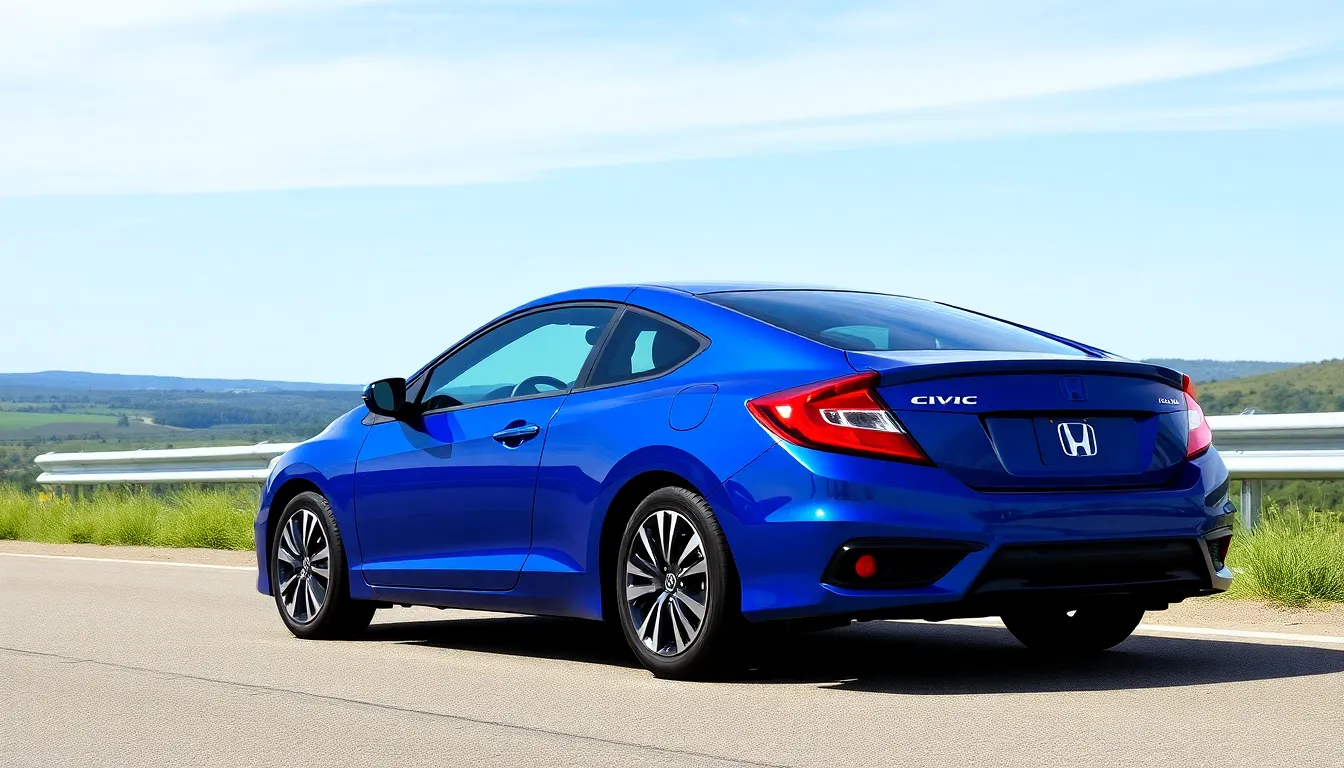
Honda’s 2013 Civic offers compelling advantages that position it as a smart choice in the compact car segment. Fuel efficiency stands out as a primary benefit, with EPA ratings reaching 36 mpg highway for CVT-equipped models. Reliability statistics demonstrate exceptional long-term durability, as many 2013 Civics surpass 200,000 miles with proper maintenance. Maintenance costs average $368 annually during the first five years, significantly below the compact car segment average.
Interior improvements address previous criticisms with upgraded soft-touch materials throughout the redesigned dashboard. Technology features include a 5-inch LCD display in base models and a 7-inch touchscreen infotainment system in higher trims. Safety ratings earn recognition with NHTSA’s five-star overall rating and IIHS Top Safety Pick designation. Resale value remains strong across all trim levels, protecting owners’ initial investment.
Several drawbacks affect the 2013 Civic’s appeal compared to newer models. Engine power feels adequate but not inspiring, with the base 1.8-liter unit producing only 140 horsepower. Road noise intrusion occurs even though improved sound insulation measures. CVT transmission behavior can feel disconnected during acceleration, particularly when merging onto highways.
Rear seat space limits comfort for taller passengers during extended journeys. Technology features lag behind current standards, with older infotainment interfaces and limited smartphone integration. Suspension tuning prioritizes comfort over sportiness, reducing driving engagement for enthusiasts. Paint quality concerns persist from earlier production years, requiring careful inspection of potential purchases.
| Aspect | Advantage | Disadvantage |
|---|---|---|
| Fuel Economy | 36 mpg highway (CVT models) | CVT feels disconnected during acceleration |
| Reliability | Many models exceed 200,000 miles | Paint quality issues in some units |
| Maintenance | $368 average annual cost | Technology feels dated by current standards |
| Safety | NHTSA 5-star overall rating | Road noise intrusion during highway driving |
| Resale | Strong value retention | Limited rear passenger space |
Performance enthusiasts gravitate toward the Si variant, which delivers 201 horsepower and sport-tuned suspension components. But, this model commands a premium price of $22,515 compared to the base LX’s $18,165 starting point. Interior materials quality varies significantly between trim levels, with base models featuring more hard plastics than premium competitors.
How It Compares to Competitors
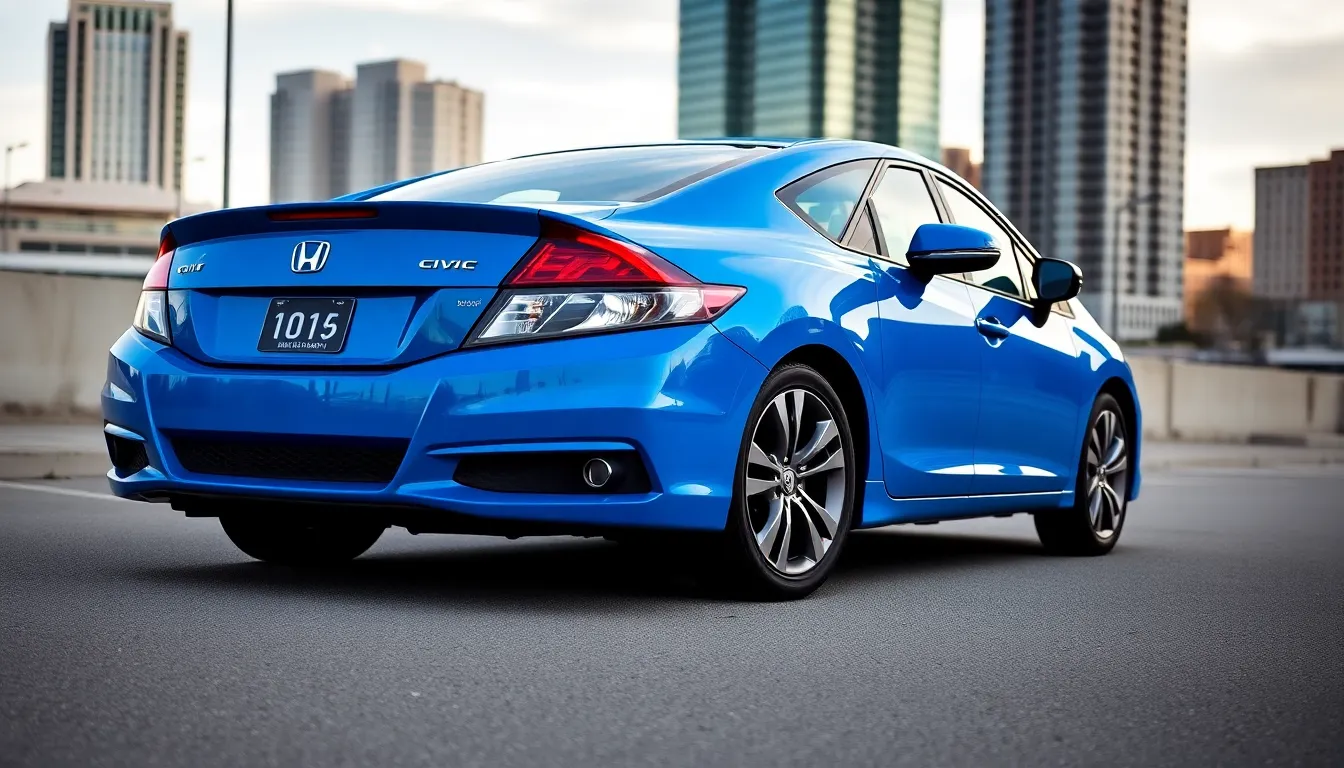
The 2013 Honda Civic faces strong competition from established rivals like the Toyota Corolla, Nissan Sentra, and Mazda3 in the compact car segment. We find the Civic’s 36 mpg highway rating matches the Corolla’s efficiency while offering more interior space and better build quality than most competitors.
| Model | Starting Price | Highway MPG | Horsepower | Trunk Space |
|---|---|---|---|---|
| Honda Civic LX | $18,165 | 36 | 140 | 12.5 cubic feet |
| Toyota Corolla LE | $18,230 | 36 | 132 | 13.0 cubic feet |
| Nissan Sentra S | $16,770 | 40 | 130 | 15.1 cubic feet |
| Mazda3 i Sport | $18,445 | 33 | 148 | 11.8 cubic feet |
Pricing comparisons show the Civic’s competitive positioning against Toyota’s Corolla, with both models starting near $18,200. The Nissan Sentra undercuts both by approximately $1,400 but delivers less refined interior materials and lower power output. Mazda3 commands a premium price while providing sportier handling characteristics that some buyers prefer over the Civic’s comfort-focused tuning.
Technology features give the Civic advantages over several competitors in base trim configurations. Our analysis reveals the standard 5-inch LCD display and Bluetooth connectivity surpass the basic audio systems found in entry-level Corolla and Sentra models. Higher Civic trims include Honda’s 7-inch touchscreen system and LaneWatch technology, features unavailable on competing models at similar price points.
Interior space measurements favor the Civic in key passenger dimensions even though the Sentra’s larger trunk capacity. Front seat comfort ratings place the Civic ahead of the Corolla and Sentra in automotive reviews, though the Mazda3 offers more driver engagement through its sport-tuned seating position. Rear seat legroom advantages help the Civic accommodate adult passengers more effectively than most compact car alternatives.
Reliability comparisons consistently rank the Civic alongside Toyota’s Corolla as segment leaders in long-term dependability. Consumer Reports data shows both models achieving above-average reliability scores across major vehicle systems, while Nissan Sentra receives average ratings and Mazda3 scores slightly below segment averages. Maintenance cost advantages position the Civic’s $368 annual average below the compact car segment norm of $426.
Performance characteristics distinguish the Civic Si variant from standard competitor offerings in the compact sports segment. The Si’s 201-horsepower engine significantly outperforms naturally aspirated alternatives like the Mazda3’s 2.0-liter unit, though it faces competition from turbocharged options in newer model years. Handling balance improvements in the 2013 refresh address previous criticisms while maintaining the comfort-oriented character that distinguishes Honda’s approach from Mazda’s sportier philosophy.
Safety ratings create a three-way tie between Civic, Corolla, and Mazda3 for NHTSA’s five-star overall rating. IIHS Top Safety Pick designation earned by the Civic matches achievements from Toyota and Mazda, while Nissan Sentra receives four-star overall ratings in government testing. Advanced safety technology availability favors the Civic’s LaneWatch system over competitor offerings in 2013 model year comparisons.
Conclusion
The 2013 Honda Civic stands as a testament to Honda’s ability to listen and respond to consumer feedback. After the mixed reception of the 2012 model we witnessed important improvements that restored the Civic’s reputation in the competitive compact car segment.
For buyers seeking a reliable daily driver the 2013 Civic delivers exceptional value through its combination of fuel efficiency affordability and proven dependability. The model year’s enhancements successfully addressed previous criticisms while maintaining the practical benefits that made the Civic a household name.
Whether you’re considering the fuel-efficient base model or the performance-oriented Si variant the 2013 Civic offers compelling reasons to choose Honda over its competitors. With strong safety ratings low maintenance costs and excellent resale value this model year represents a smart long-term investment for compact car buyers.
Frequently Asked Questions
What improvements did Honda make to the 2013 Civic compared to the 2012 model?
Honda redesigned the 2013 Civic to address criticism of the 2012 model. Key improvements include a completely redesigned dashboard with soft-touch materials, enhanced suspension tuning for better ride quality, updated exterior styling with a refined front grille, and improved interior comfort with better sound insulation.
What engine options are available in the 2013 Honda Civic?
The 2013 Honda Civic offers two engine options: a 1.8-liter four-cylinder engine producing 140 horsepower and 128 lb-ft of torque for most trims, and a more powerful 2.4-liter engine generating 201 horsepower and 170 lb-ft of torque exclusively in the performance-oriented Si variant.
What is the fuel economy of the 2013 Honda Civic?
The 2013 Honda Civic with the standard 1.8-liter engine and CVT transmission achieves EPA-estimated fuel economy of 28 mpg in the city and 36 mpg on the highway, making it one of the most fuel-efficient options in the compact car segment.
What safety ratings does the 2013 Honda Civic have?
The 2013 Honda Civic earned excellent safety ratings, including a five-star overall safety rating from the National Highway Traffic Safety Administration (NHTSA) and the Top Safety Pick designation from the Insurance Institute for Highway Safety (IIHS), demonstrating Honda’s commitment to occupant protection.
How reliable is the 2013 Honda Civic for long-term ownership?
The 2013 Honda Civic is exceptionally reliable, with many models achieving over 200,000 miles with proper maintenance. Consumer Reports rates it above average in reliability across major vehicle systems, and annual maintenance costs average just $368 during the first five years.
What trim levels are available for the 2013 Honda Civic?
The 2013 Honda Civic is available in four trim levels: LX (base model), EX (adds moonroof and upgraded audio), EX-L (focuses on luxury with leather seating and navigation), and Si (performance variant with sport-tuned suspension and more powerful engine).
How does the 2013 Honda Civic compare to competitors like the Toyota Corolla?
The 2013 Honda Civic competes well against the Toyota Corolla, matching its 36 mpg highway rating while offering more interior space and better build quality. Both models share top reliability ratings, but the Civic provides more technology features and interior comfort at competitive pricing.
What are the main drawbacks of the 2013 Honda Civic?
The main drawbacks include adequate but uninspiring engine power in base models, some road noise intrusion, limited rear seat comfort for taller passengers, and technology features that may feel dated by current standards. Early production models may also have paint quality concerns.

